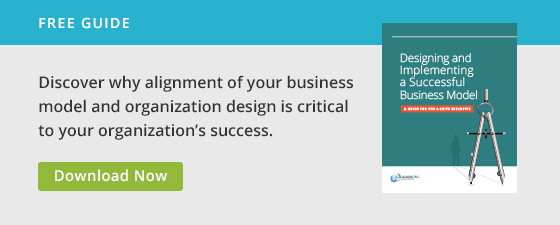How do you differentiate your products from your competitor’s offerings? How can you continue to grow in a more crowded market? How can you get your products/services to the right customer base? These are the kinds of questions that keep executives up at night trying to find new sources of growth in mature markets.
At its core, strategic differentiation is the foundation that an organization must lay before it can align its work, structure, metrics, and talent to drive extraordinary results. All organizations are confronted with the challenge of figuring out how to maximize their competitive advantage and enhance distinctiveness. In October of 2016, Clayton Christensen and his co-authors published a book called, Competing Against Luck, The Story of Innovation and Customer Choice that presents an interesting concept that may help companies reframe how they think about their competitive advantage and answer the questions above.
In his book, Christensen utilizes “Jobs Theory” to help explain the process customers go through before they “hire” a product or service. For Christensen, by better understanding the customer and their reasons for hiring a product or service (as if they were hiring an employee), companies can discover new insights and land big ideas that can foster company growth. To get there, Christensen constantly asks readers to define the job (rather than the customer base, demographic, region, etc.) that customers hire products and services to actually do. Essentially, he asks companies to reframe their thinking and focus on the problems customers need to solve rather than just the solution or offering a company has developed.
In an environment where competition is fierce and there seems to be a dwindling amount of white space for products and services, a new or changed perspective for finding sources of differentiation is even more important than before. Sure, a breakthrough product or a new killer app can have a big impact on the market, but that likelihood and the impact of such breakthrough products is dwindling because of the speed of innovation. The question becomes how to maintain a competitive advantage without a killer app and in the face of tough competition.
For example, suppose you are a company that sells laundry detergent. Your product is safe for the environment, takes out tough stains, and is a good value for the price. However, what makes a customer choose your product over the competitors’ products? The probability of a revolutionary new detergent is pretty low, so how can you maintain your distinctiveness?
Rather than running through all of the normal strategic planning or new product innovation checklists, instead, why not ask, “Why do my customers hire my laundry detergent?” This question can yield some new insights that could lead to breakthrough innovations. Is your customer a soccer mom who hires your detergent to take out grass stains on the first wash? Is it a college student hiring the detergent because she likes the way it makes her clothes smell? Or, is it a weekend warrior who uses it to clean up an oil spill in his garage? Imagine the insights and new innovations that could come if you understood how or why a daily product like laundry detergent is “hired.”
The point is this, jobs theory is another tool to help executives reframe, rethink, and ultimately redesign their organization’s competitive advantage. While it may not be the whole solution and will require careful organization alignment to make a breakthrough innovation a reality, it is a great way to take a fresh look at your strategic position and consider different angles from which you can differentiate in the market.

